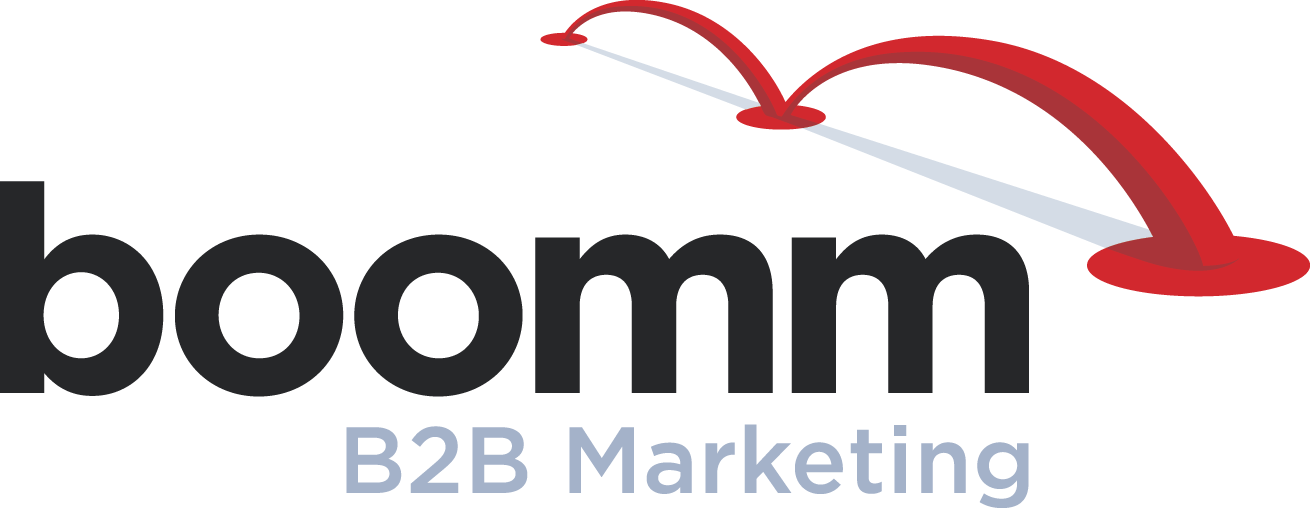How to Analyze Your Business-to-Business Sales Cycle Marketing Strategies
How long is your sales cycle? What does it look like? Has your marketing team used the answers to these questions to realize smarter, more successful outcomes?

As business-to-business marketers, we tend to devote considerable energy to executing programs that accomplish a single, discrete strategic goal, such as building brand awareness, launching a new product, promoting sales and so on. Care is taken to create rich, integrated marketing initiatives to effectively achieve these objectives.
However, we are less likely to schedule these programs to work as a cohesive whole within the context of the external marketplace and the dynamics of the sales decision-making process. If a marketing organization fails to target decision-maker behavior throughout the arc of the business-to-business sales cycle, the odds against reaching prospects at the time when they’re ready to engage in a brand dialog – much less ready to buy – can be enormous.
Looking at the sales cycle and how to market to it requires treating the process as a continuum, recognizing that potential customers will engage in relatively typical and predictable behaviors throughout the cycle. Sales cycles, of course, vary in length and complexity from industry to industry, so thoughtful analysis is needed to identify the specific phases that comprise your business’s typical sales turn. That said, there are some basic steps that exist in virtually every business-to-business purchase process: Discovery, Rationalization and Partner Selection.
Discovery Phase
In this phase, customers are identifying needs, actionable market trends and gap opportunities. These findings can take various forms: The need for new equipment for improved operational efficiency, the opportunity to capitalize on a market trend or competitor weakness with new product innovation, etc.
- Behaviors. When customers are in the discovery process, they are fact finding, collecting trend data and conducting research in their own marketplace. They may be engaged in new product development, filling their pipeline with innovative ideas that will open up new markets or provide competitive advantage. At this phase, it’s apparent they’re not ready to buy. Little wonder your glossy, full-page product ad isn’t capturing full attention.
- Opportunities. There are ways to engage your audience during this phase; however, providing information on trends or sharing your own research that sheds light on the market at large gives your customers valuable information they can use now. Marketing initiatives that build or maintain brand awareness make an impact in this period.
Rationalization Phase
Customers begin rationalizing decisions at this point, by analyzing the organizational impact of potential purchase decisions or winnowing new product concepts down to finalists that will enter the marketplace. They may test concepts in the field or in focus groups. They will start to develop product specifications. They will still be collecting marketing insights, but these will be focused on the task at hand, with the aim to support and justify efforts.
- Behaviors. Analyzing the impact of their decision – operationally, technologically, financially and competitively – takes center stage for customers. Internal or outsourced experts may guide the knowledge synthesis process, and project management commences.
- Opportunities. At this point, relationship building becomes crucial. Plan on impacting your customer’s project by clearly identifying your capabilities. Differentiate yourself by delivering resources that add value to the decision-making process.
Partner Selection Phase
This phase is where marketing and sales teams spend most of their time. Customers are now ready to “get down to business.” If you haven’t’ already started a brand conversation – with the goal of creating an indelible impression – making up for lost time may prove impossible.
- Behaviors. Your customers are initiating RFPs, requesting samples and demos and working toward building a list of approved suppliers or selecting a trusted partner.
- Opportunities. Put you best foot forward with strong product and capabilities communications, backed by powerful service, support and other value-added programs.
Business-to-business sales cycle marketing adds depth to your strategies by identifying where your customer is in the decision-making process, then delivering on phase-specific needs. The good news is that there’s a wide variety of marketing tools that will work effectively at various points in the cycle. Marketing efforts that build brand awareness work well early on in the cycle, while initiatives that build credibility and trust work well during innovation stages. Specific product communications, including sales promotion tactics, are optimized during specification and RFP phases.
More good news: Episodic tasking of marketing tactics drives cost efficiencies, and new web and social media marketing tools make these efficiencies even more pronounced. Ultimately, attending to your customers’ changing needs throughout the sales cycle should result in more “wins.” Equally important, effective sales cycle marketing can improve the alignment of your marketing and sales organizations.


